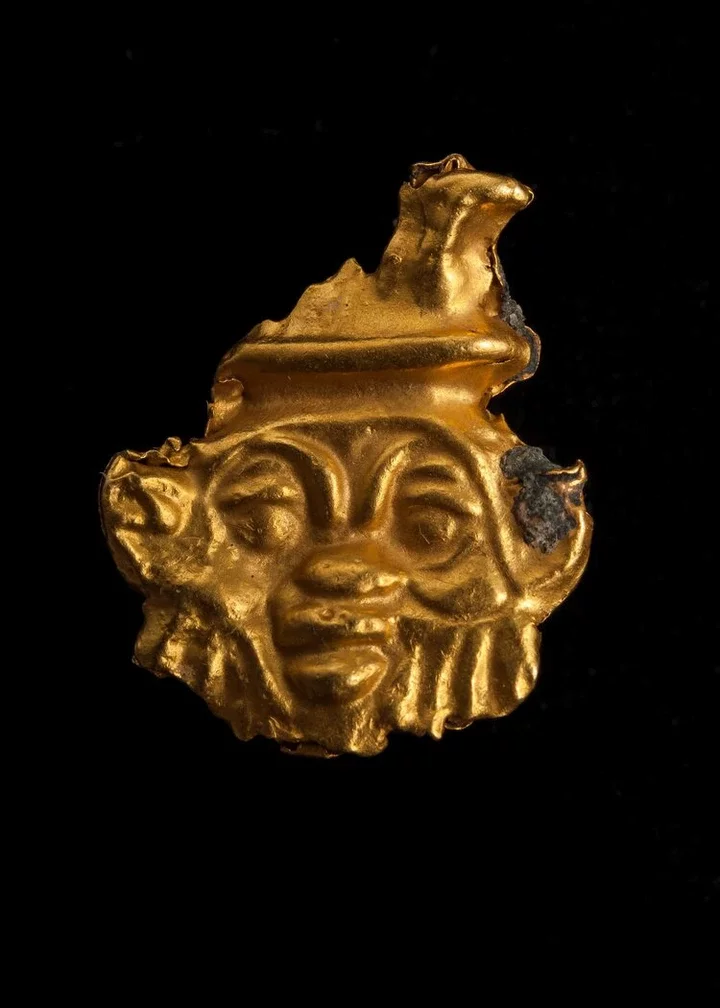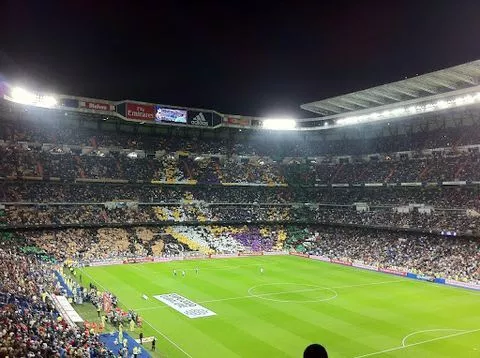LONG ago in ancient times stood a bustling Egyptian city known for its incredible temples and city ports.
Situated in the Mediterranean, Thonis-Heracleion was almost forgotten forever after sinking 1,200 years ago.





The legendary beginnings of Thonis go back to as early 8th century BC when it was founded as Egypt's most important trading port city.
Scattered across a series of interlinked islands off the northern coast, the metropolis - dubbed "Venice of Nile" - was once the country's gateway to the Mediterranean.
Situated somewhere near present-day Abu Qir Bay - every ship bringing in goods to ancient Egypt used the port as their first stop.
These goods would then be inspected and taxed at designated customs offices and then distributed further in the mainland.
Ancient Greek historians and philosophers have all mentioned the place which grew particularly important during the fall of the Pharaohs.
The city was built around a central temple and was intersected by canals with several harbours and anchorages.
A network of ferries, bridges, and pontoons joined all the city's houses.
However, the main attraction of the metropolis was the large temple of Amun-Gereb located in the middle of the city.
Thonis certainly was an astonishing city, perhaps one of the greatest of its time, but most of its descriptions have been lost in time.
The only place where the city existed was in three realms of myths.
Greek historian Herodotus described Thonis-Heracleion as the spot where Heracles first arrived in Egypt and as the place where Paris and Helen of Troy visited before the start of the Trojan War.

Fall of the city
As time passed, the fortune of the city dramatically changed.
Somewhere in 331 BC, Alexander the Great founded the legendary city of Alexandria just 15 miles away from Thonis.
Eventually, Alexander's bustling city - which also featured the famous Lighthouse of Alexandria - took over the greatness of Thonis as it became the primary trading centre of the region.
But what really destroyed Thonis was the wrath of nature.
Over time, the city was crumbled by a string of earthquakes, tsunamis, and rising sea levels.
And after a severe flood around 100 BC, the city succumbed and became a metropolis of ruins.
A few residents stayed till the Romans and even Arabs came and ruled over the place, but by the end of the eighth century AD, what was left of Thonis had sunk beneath the sea.
The city was hidden underwater - sand and other debris that covered the remains made it unlikely for people to discover it, even by accident.
For early archaeologists it was inconceivable that a site could be found underwater several kilometres offshore
Franck Goddio
For more than a millennium, the true identity of the city was unknown - and people thought it only existed in the realms of mythologies and scriptures.
Until a team of researchers dived into the depths of the ocean to find out the real truth.
Thonis-Heracleion was finally rediscovered by underwater archaeologists in the early 2000s.
When French archaeologist Franck Goddio and his team dived into the depths of the ocean, they saw a colossal face emerge from the watery shadows - the ruins of Thonis.
The ancient city was found completely submerged underwater, some 6.5 kilometres off Alexandria's coast.
Franck wrote on his website: "For these early archaeologists it was inconceivable that a site could be found underwater several kilometres offshore.
"[The] cities are also covered by several meters of sand and sediments and it is perfectly possible to dive down to the seabed and not know that you are swimming over the remains of an important ancient city.
"You can imagine that it was extremely difficult to find any traces before technical equipment was developed with which you could locate them."
The discovery came as a joint effort by the scientists and the Egyptian Supreme Council of Antiquities who found the site back in 1990.
And by the early 2000s, daring divers had started locating the ruins of the once-incredible city - and what they saw was beyond imagination.
Stunning discovery
Incredible remains of buildings were found along with statues that stretched more than 15 feet tall.
Artefacts like goblets, sarcophagi and stone slabs inscribed with hieroglyphics were also discovered.
Even things like war helmets, perfume bottles, anchors, jewellery, and coins were pulled out from the dead remains of Thonis.
One of the most impressive statues that were found were those of Hapi, the god of fertility, which is believed to have guarded the port city at its peak.
Another statue that was found was that of Cleopatra III - one of Egypt's second-century queens who ruled before the more famous Cleopatra IV.
The ruins and artefacts made from granite and diorite are remarkably preserved, and give a glimpse into what was, 2300 years ago, one of the great port cities of the world.
However, Frank argues that what they have found so far is just small percentage of the entire site - and a lot more is yet to be uncovered.
In 2021, a doomed ship believed to be an ancient military vessel from the glory days of Thonis was also found.
The wreck was once a fast galley, a long and sleep vessel with large sails built to skim across the water at high speeds.
Experts believe the ship moored off the city's coast after hitting the famous temple of Amun - and plunged into the seabed.
When an earthquake struck the city, the hard clay it was built on began to behave more like a liquid, toppling buildings across the city.
Large stone blocks that tumbled from the temple likely crashed onto the boat, causing it to sink.
It was in use as far back as 2,400 years ago, and contained elaborately decorated pottery and a gold amulet depicting Bes, an Egyptian god associated with childbirth and fertility.




















Comments